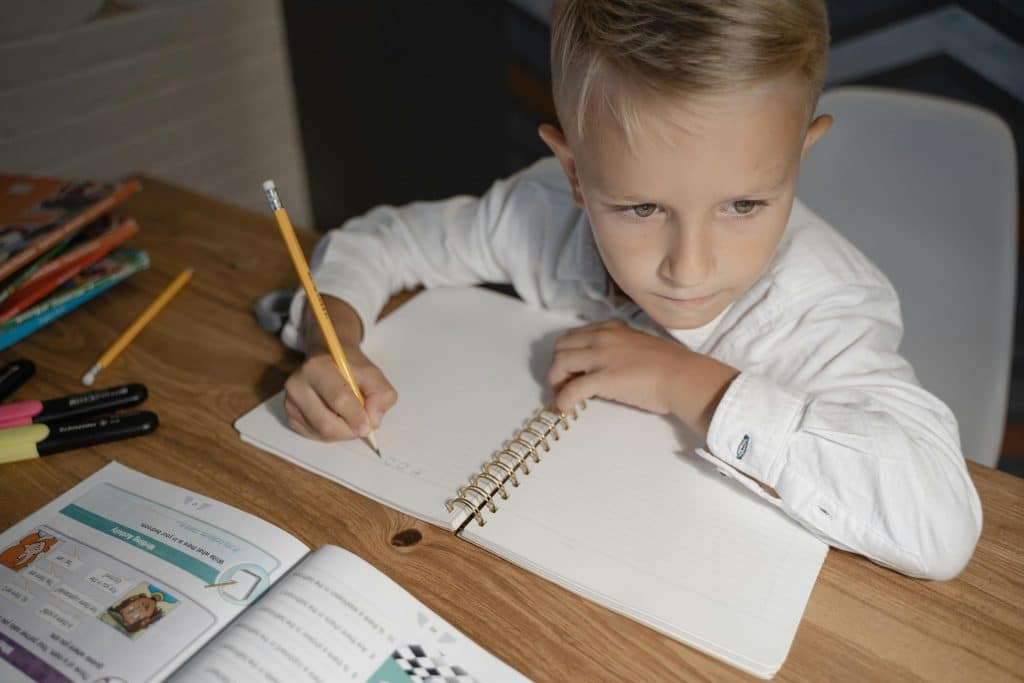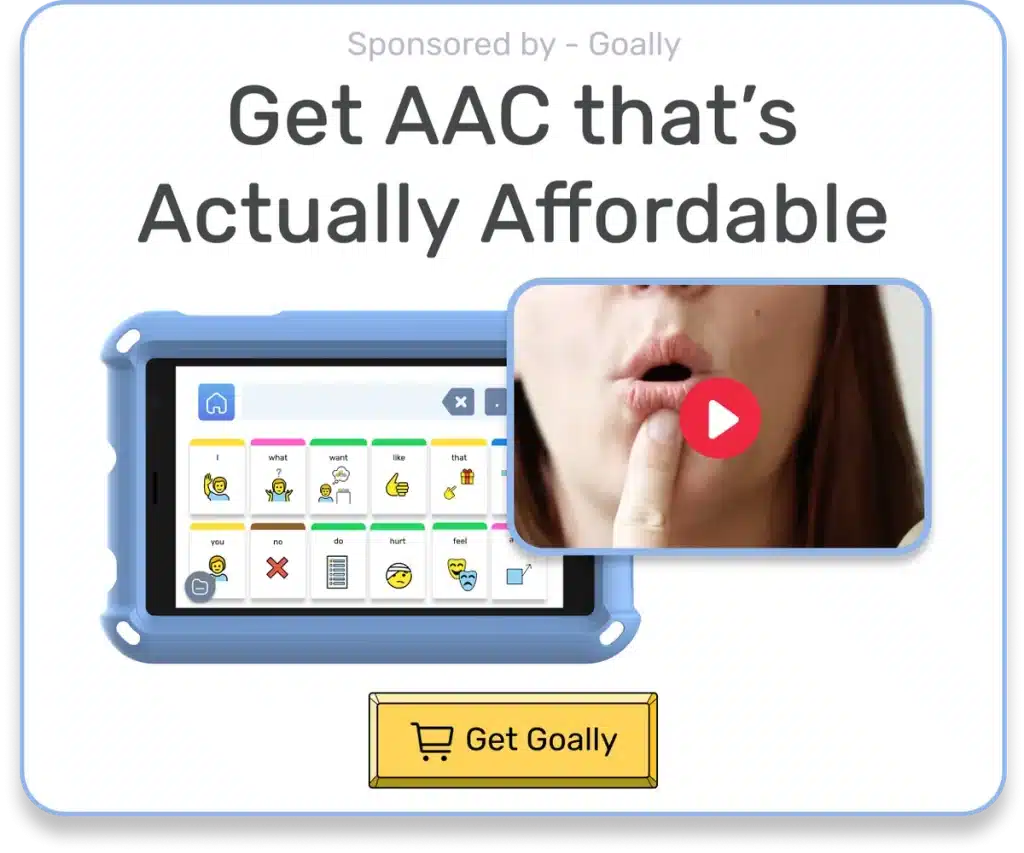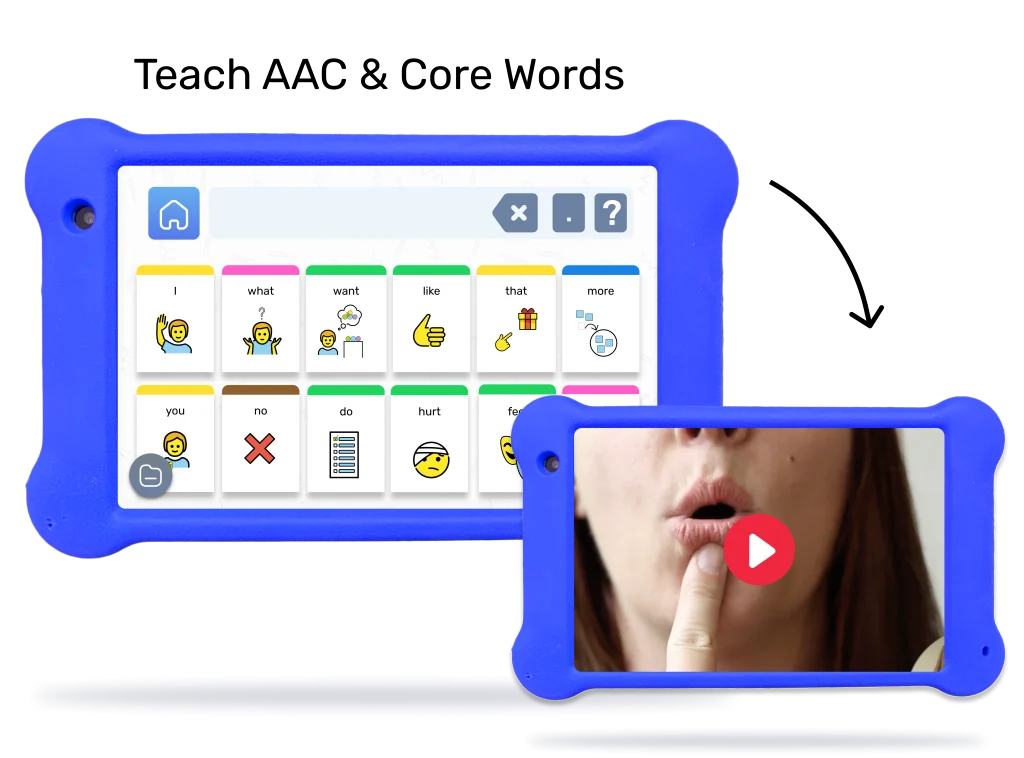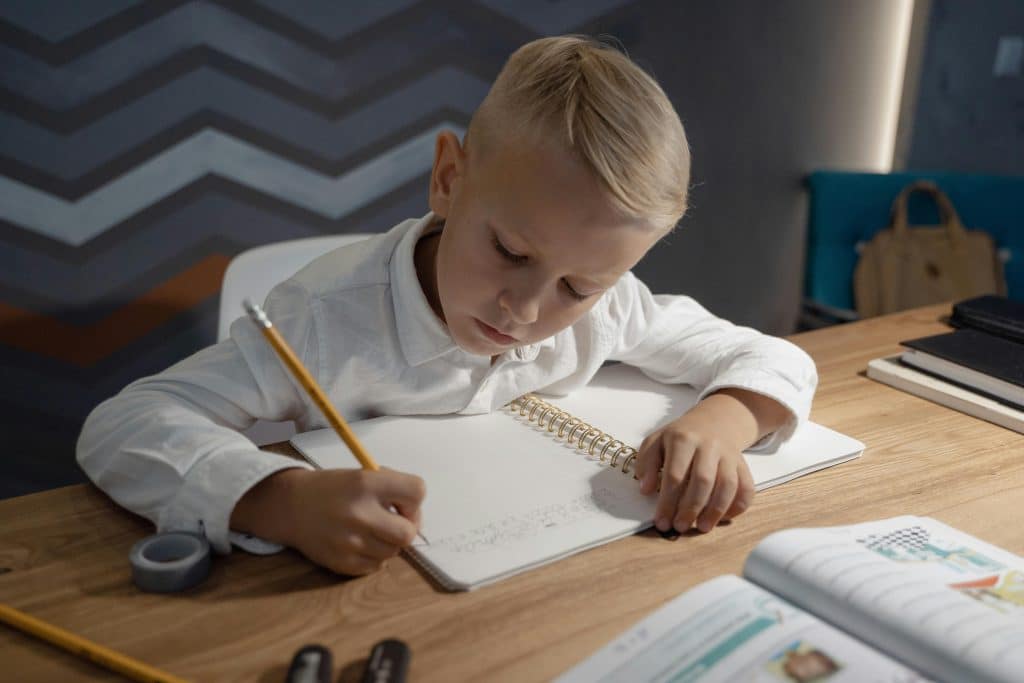As a professional who works closely with kids, I’ve seen firsthand the challenges that students with dyslexia face especially in the classroom. It can be challenging for these bright, creative kids to keep up with their peers regarding reading and writing. However, with the right strategies and support, we can help dyslexic students not just survive but thrive in school.
Table of Contents
In this post, I’ll share some of the most effective techniques I’ve learned for supporting students with dyslexia. Whether you’re a teacher, parent, or caregiver, these tips can help you empower the dyslexic kids to reach their full potential.
Understanding Dyslexia
Before we dive into specific strategies, it’s important to understand what dyslexia is and how it affects learning. Dyslexia is a neurological condition that impacts the way the brain processes language. It’s not related to intelligence – in fact, many people with dyslexia are highly intelligent and creative. But it does make reading, writing, and spelling more challenging.
Some common signs of dyslexia in kids include:
- Difficulty learning letter names and sounds
- Struggles with phonological awareness (hearing and manipulating sounds in words)
- Slow, labored reading
- Frequent spelling errors
- Trouble with rote memorization
According to the International Dyslexia Association, as many as 15-20% of the population may have symptoms of dyslexia. That means in a typical classroom, several students are likely dyslexic, whether diagnosed or not. As educators, we must know how to support these learners.

Read more: Dyslexia Symptoms | Parents Guide
Classroom Accommodations
One of the most important things we can do to help dyslexic students is to provide them with accommodations in the classroom. These are modifications to the way material is presented or work is completed that level the playing field for students with learning differences. Some accommodations that can be helpful for dyslexic students include:
- Extra time on tests and assignments. Students with dyslexia often need more time to read questions, formulate responses, and review their work. Providing them with extended time can relieve a lot of stress and pressure.
- Text-to-speech technology. Having text read aloud by a computer can make reading assignments much more manageable for dyslexic students. There are many free and low-cost text-to-speech tools available.
- Copies of notes and slides. Giving students access to class notes and presentation slides can help them focus on listening and engaging during lessons, rather than frantically trying to copy things down.
- Alternative assignment formats. For some students, allowing them to demonstrate their knowledge orally or through a project instead of a written essay can make a big difference.
Of course, every student is unique, so it’s important to work with each individual and their family to determine which accommodations will be most helpful for them. But in general, providing flexible options and supports can go a long way in helping dyslexic students access grade-level content.
Multisensory Instruction
Another key strategy for teaching students with dyslexia is to use multisensory instruction. This means engaging multiple senses – sight, hearing, touch, and movement – in learning. When kids can see, say, hear, and physically interact with information, they’re more likely to understand and retain it.
Some examples of multisensory activities include:
- Using letter tiles or magnetic letters to physically build words
- Tracing letters and words in shaving cream, sand, or other tactile materials
- Doing hand motions or body movements to go along with letter sounds or spelling patterns
- Using color-coding to highlight patterns or categorize information
Research has shown that multisensory instruction can be highly effective for students with dyslexia. One study found that after 50 hours of multisensory structured language instruction, dyslexic students made significant gains in reading accuracy, comprehension, and fluency.
Systematic, Explicit Phonics
For students with dyslexia, it’s crucial that reading instruction is systematic, explicit, and focused on phonics. This means directly teaching letter-sound relationships in a logical, sequential way. Rather than expecting kids to figure out these patterns implicitly through exposure, we need to explicitly show them how the system works.
Some of the key components of a strong phonics program for dyslexic students include:
- Starting with the simplest skills (letter names and sounds) and gradually progressing to more complex ones (blending, syllables, morphology)
- Providing ample opportunities for practice and repetition
- Using clear, unambiguous language to explain concepts
- Giving immediate corrective feedback
Programs like Orton-Gillingham, Wilson Reading, and Lindamood-Bell are all research-based approaches that use explicit, systematic phonics to teach reading to students with dyslexia. While they require specialized training to implement fully, teachers can incorporate many of their principles into regular classroom instruction.

Read more: Dyslexia Quiz for Teenager | Video Included!
Assistive Technology
In addition to instructional strategies, assistive technology can be a game-changer for dyslexic students. Tools like audiobooks, word prediction software, and speech-to-text programs can help remove barriers and allow kids to access grade-level content.
Some of my favorite assistive technology tools include:
- Learning Ally – this audiobook library has over 80,000 human-narrated titles, including textbooks, literature, and popular fiction
- Co-Writer – a word prediction tool that suggests words as students type, helping with spelling and grammar
- Dragon Naturally Speaking – a voice recognition program that allows students to dictate their writing
- Grammarly – while not specifically for dyslexia, this Chrome extension can help catch spelling and grammar errors
Of course, technology is not a substitute for good teaching. But when used strategically, it can help level the playing field and allow dyslexic students to demonstrate their knowledge in ways that work for them.
Empowering Students & Families
Finally, one of the most important things we can do to support students with dyslexia is to empower them and their families with knowledge and resources. Too often, dyslexic kids feel stupid or lazy because they’re struggling in school. We need to help them understand that they’re smart and capable – their brain works differently when it comes to reading.
Some ways to empower dyslexic students and families include:
- Educating them about what dyslexia is and how it impacts learning
- Connecting them with role models and mentors who have dyslexia
- Helping them understand their legal rights and how to advocate for accommodations
- Providing information on outside support and tutoring resources
I always highlight the many strengths associated with dyslexia, like creativity, problem-solving skills, and entrepreneurship. Some of the most brilliant minds in history, from Thomas Edison to Steven Spielberg, had dyslexia. When kids understand that dyslexia doesn’t define or limit them, they’re empowered to keep working hard and pursuing their dreams.

Goally | Apps that Teach Kids AAC & Core Words
Is your child facing challenges in expressing themselves or communicating effectively? Goally has one of the best language language learning apps for kids to support their journey in building essential communication skills!

The Word Lab and AAC Talker apps provide a simple, engaging platform for your child to learn core words and become a functional communicator right from the start. Customize the experience with a voice that suits them, and watch as their confidence grows in expressing their thoughts and needs!
Supporting students with dyslexia takes knowledge, strategy, and a big dose of empathy. But with the right approach, these amazing kids can thrive in school and life. As educators, we can change the trajectory for dyslexic learners. By implementing accommodations, using multisensory instruction, teaching explicit phonics, utilizing assistive technology, and empowering students and families, we can help every child reach their full potential.
Resources:
FAQs about How to Help Dyslexic Students
How can I support dyslexic students in the classroom?
Providing multisensory learning experiences and offering accommodations like extra time on assignments can significantly aid dyslexic students.
What resources are available to help dyslexic students?
Utilize specialized reading programs, audiobooks, and assistive technology tools such as text-to-speech software to empower dyslexic learners.
Are there specific teaching methods beneficial for dyslexic students?
Structured literacy approaches like Orton-Gillingham and Wilson Reading System are proven to be effective for teaching dyslexic students to read and write.
How can I create an inclusive environment for dyslexic students?
Foster understanding and empathy among peers, implement dyslexia-friendly formatting in materials, and encourage self-advocacy skills within the classroom.
What support can parents offer dyslexic children at home?
Encourage reading for pleasure, provide access to audiobooks, and collaborate with teachers to ensure consistent support and accommodations for their child's needs.

Hennah is an experienced writer and researcher, helping children with autism, ADHD, and other neurodivergent conditions. As a blog contributor for Goally, she combines her deep understanding of neurodiversity with practical advice, offering valuable insights to parents and educators.






